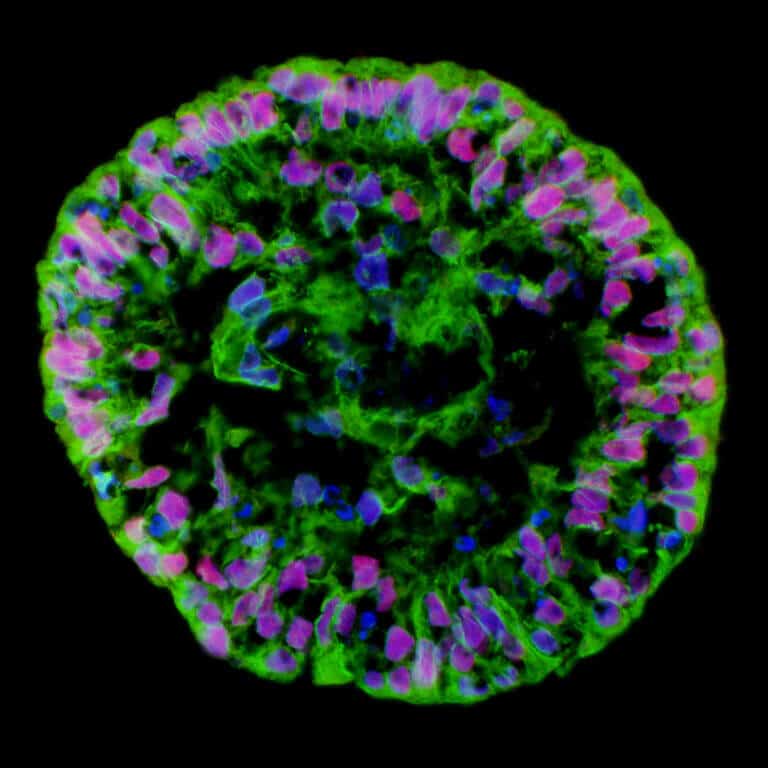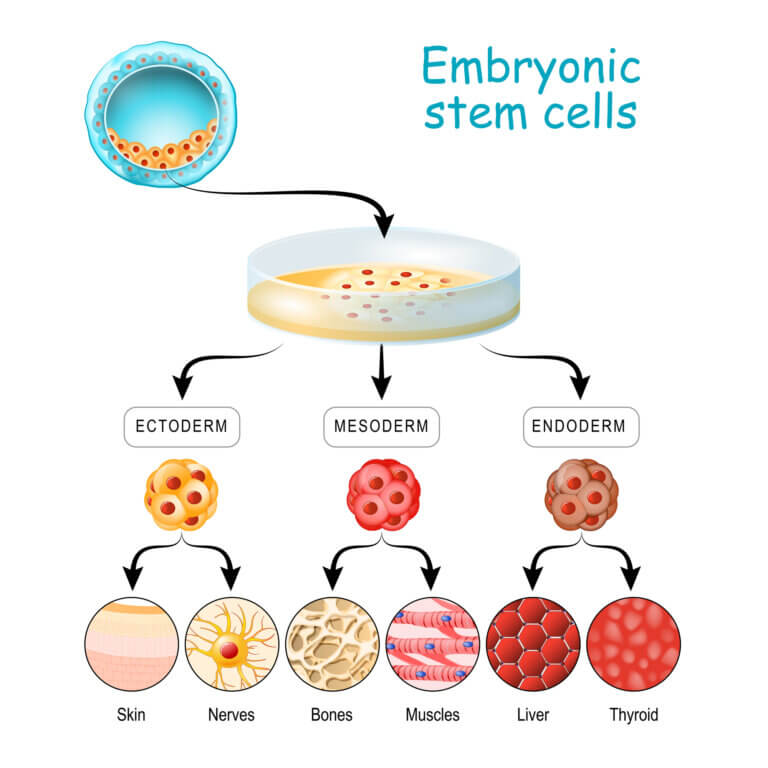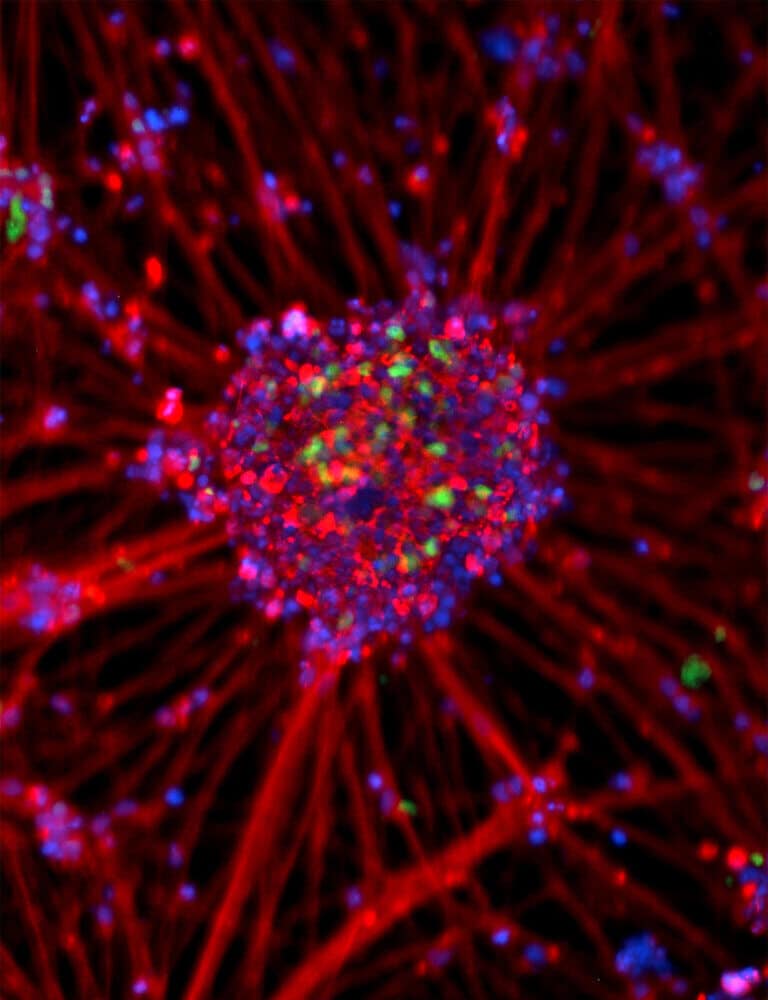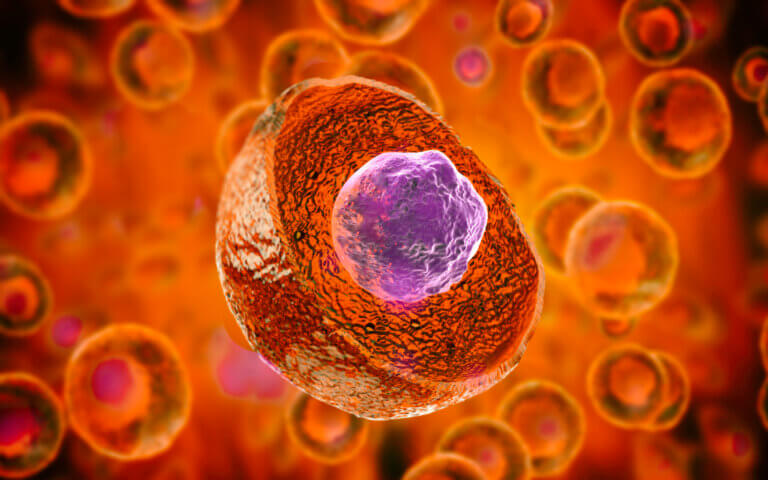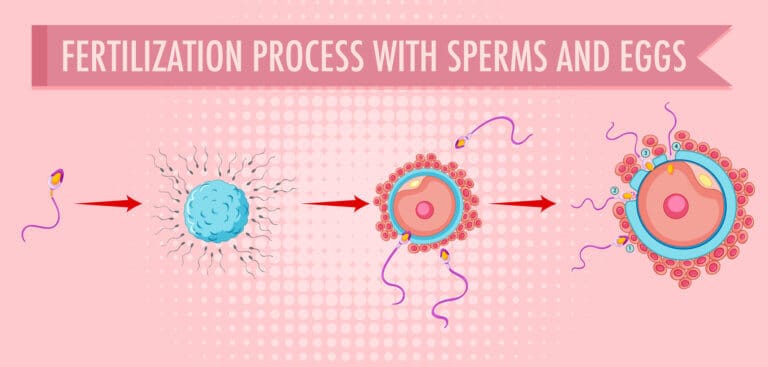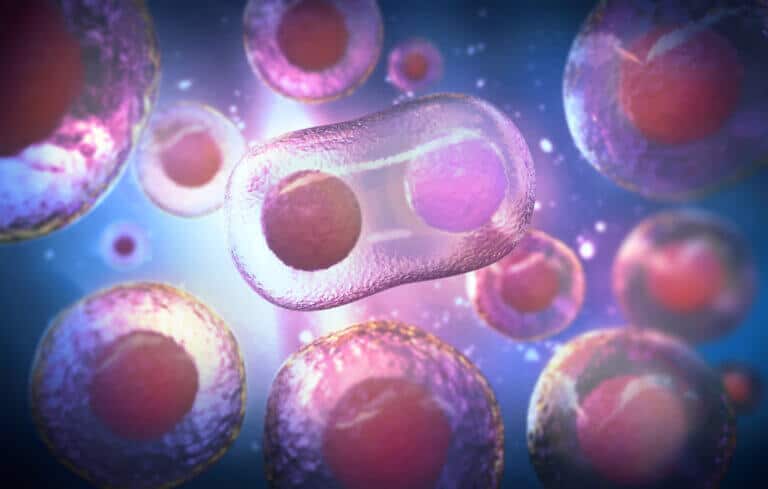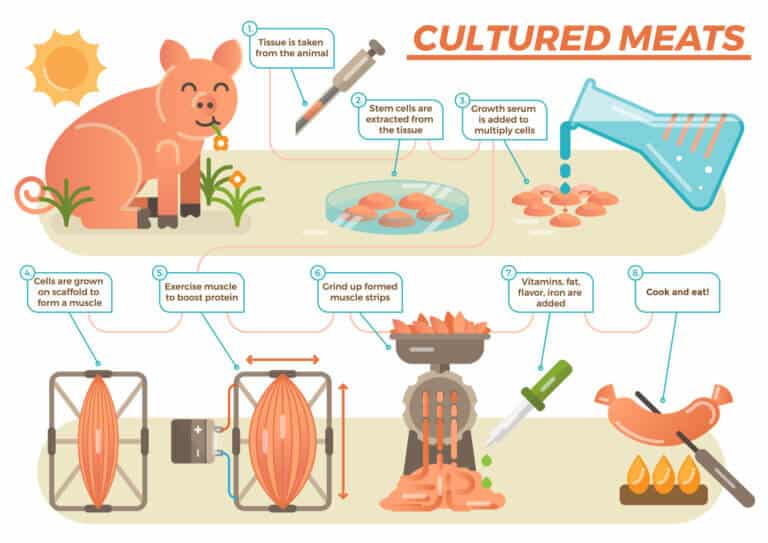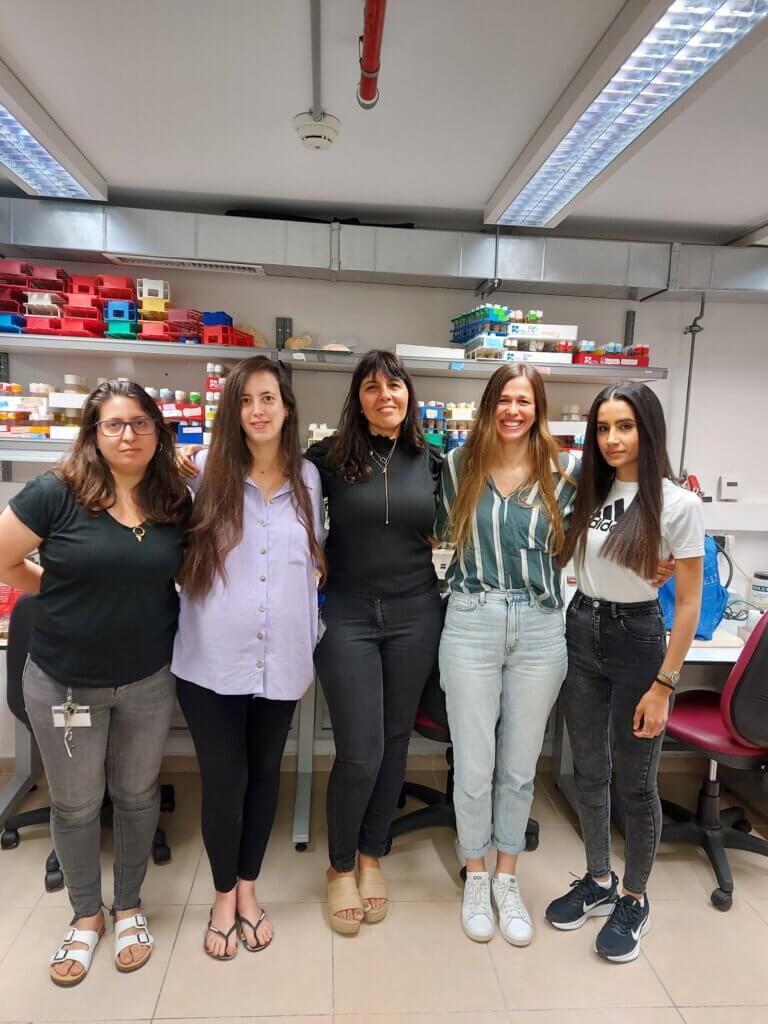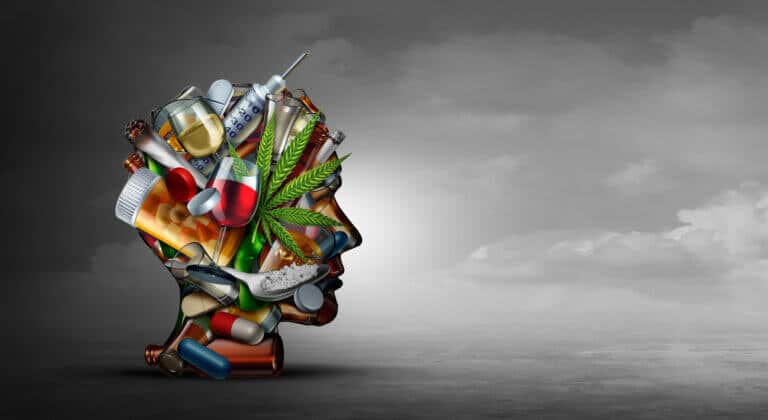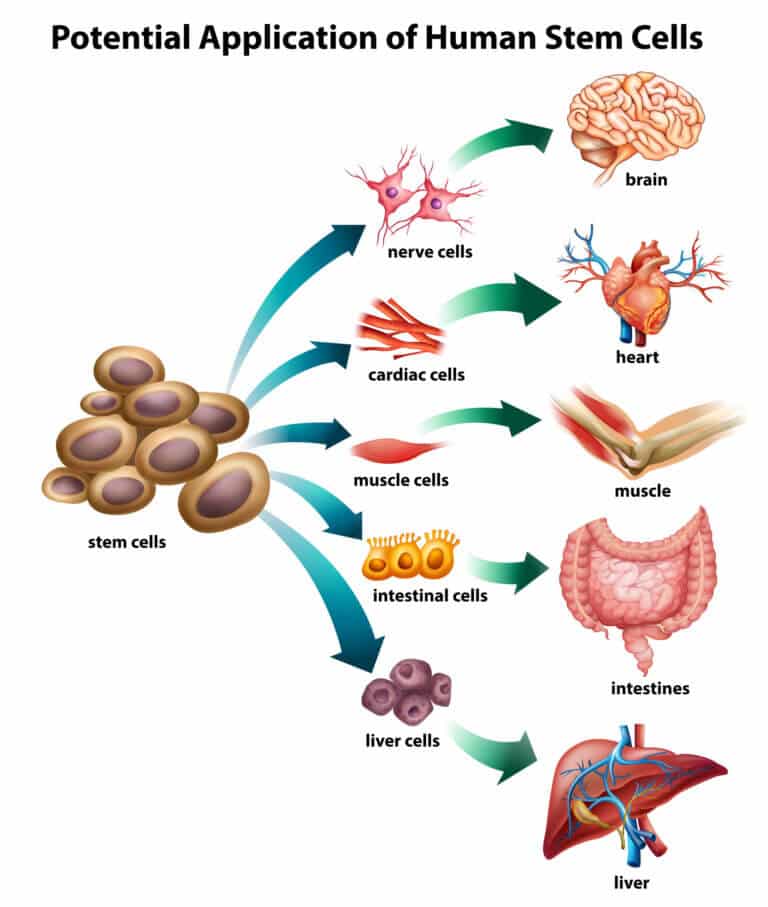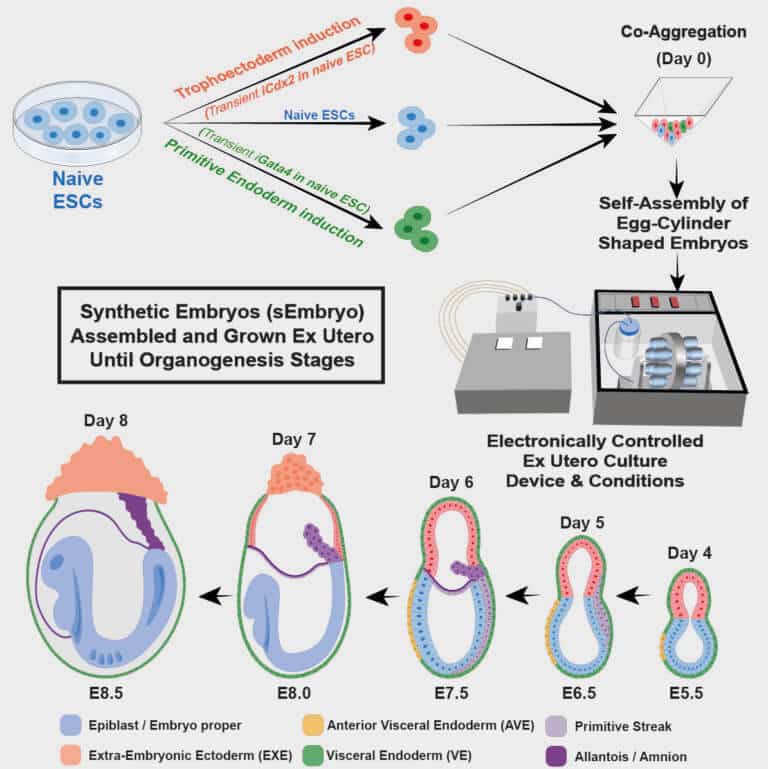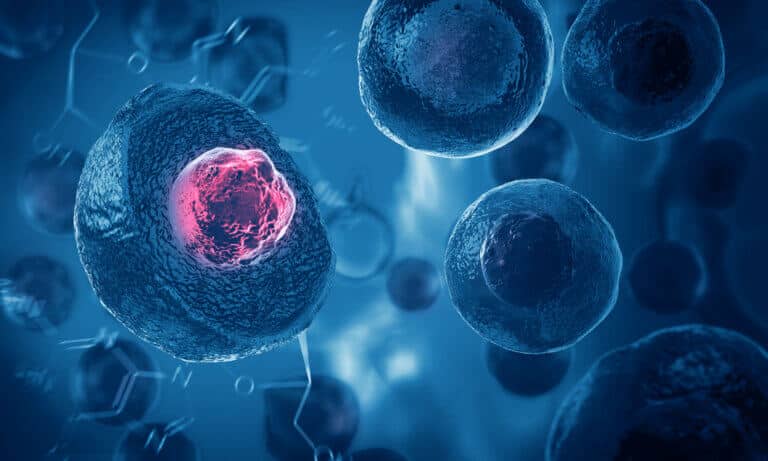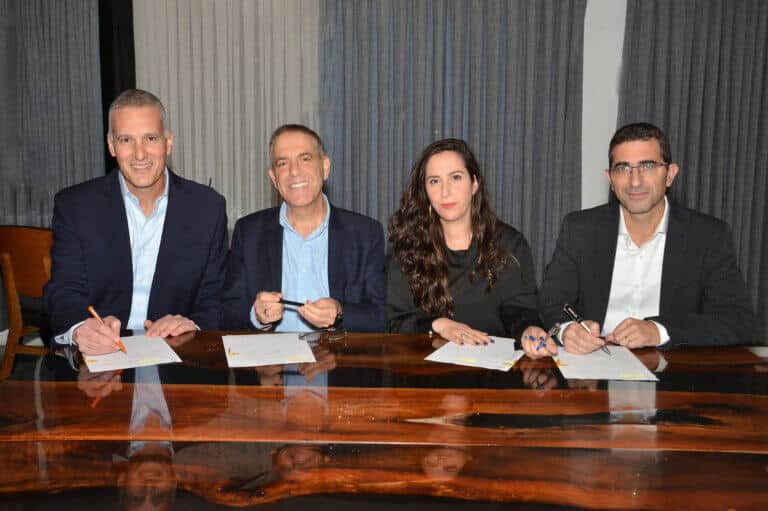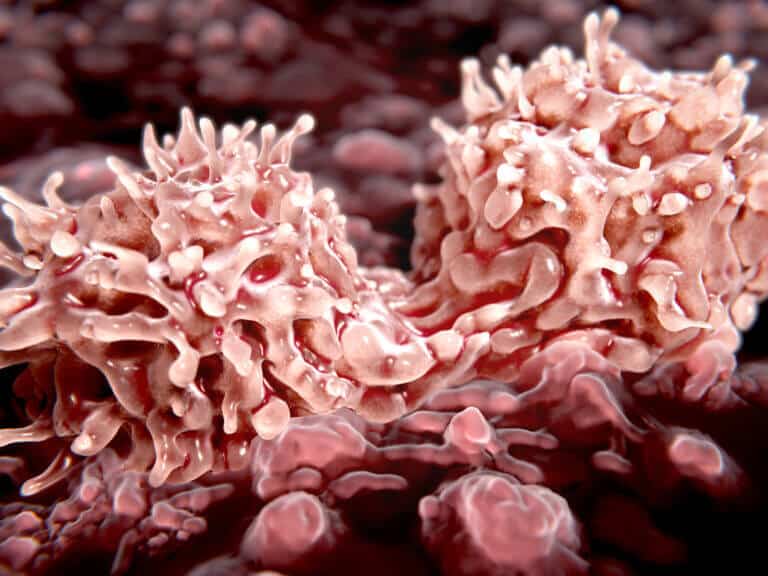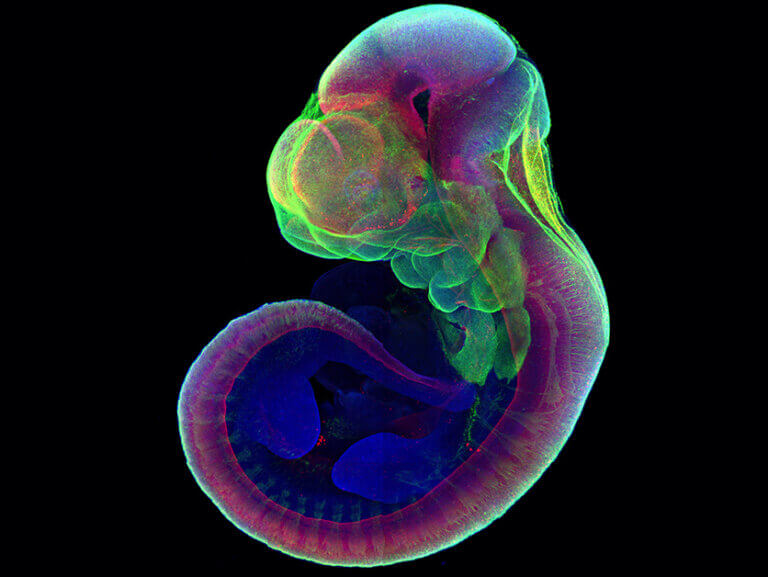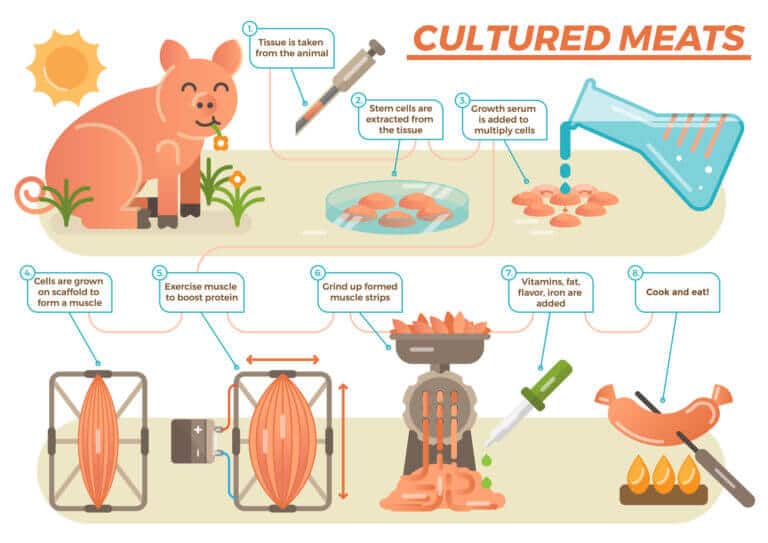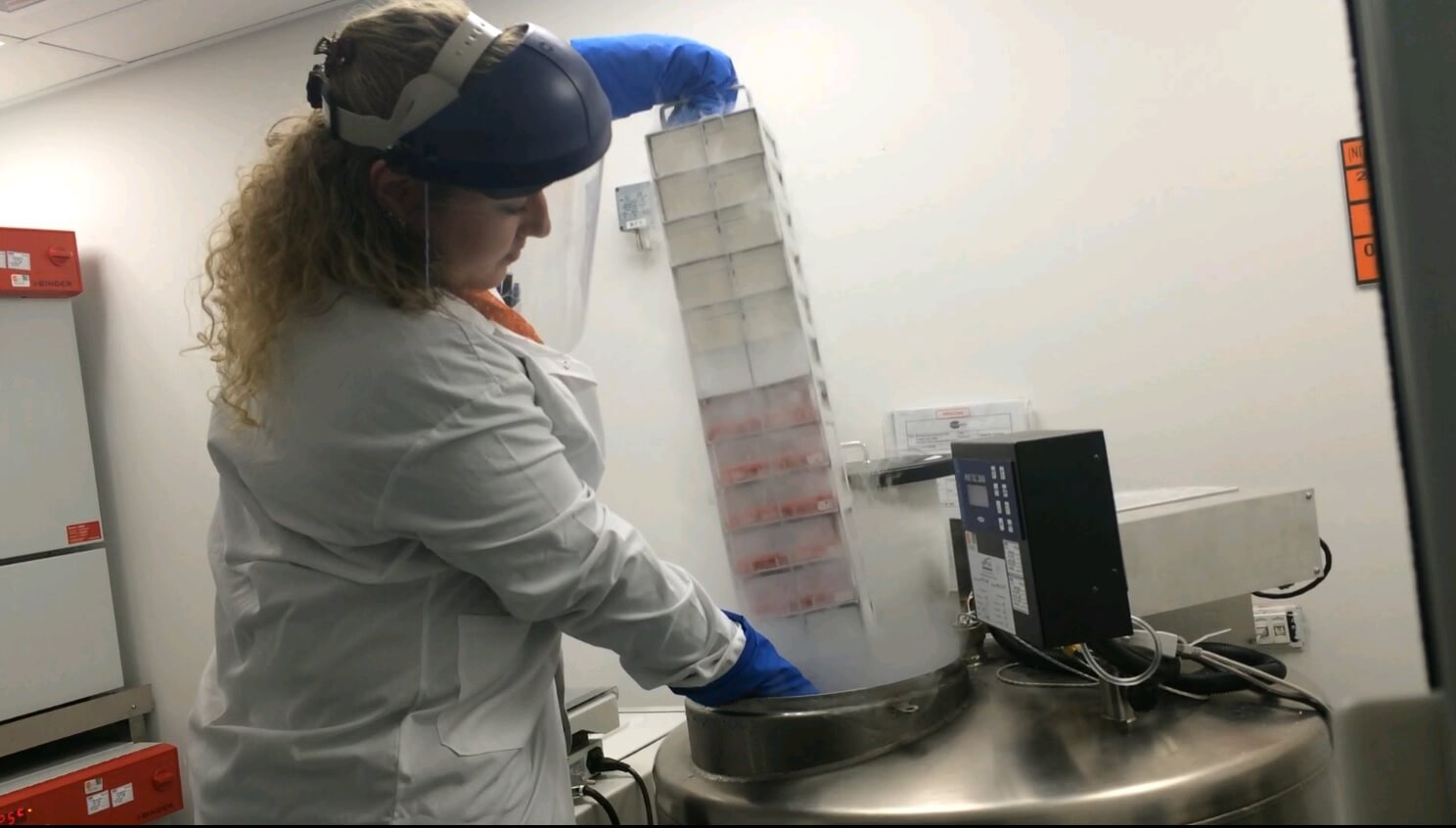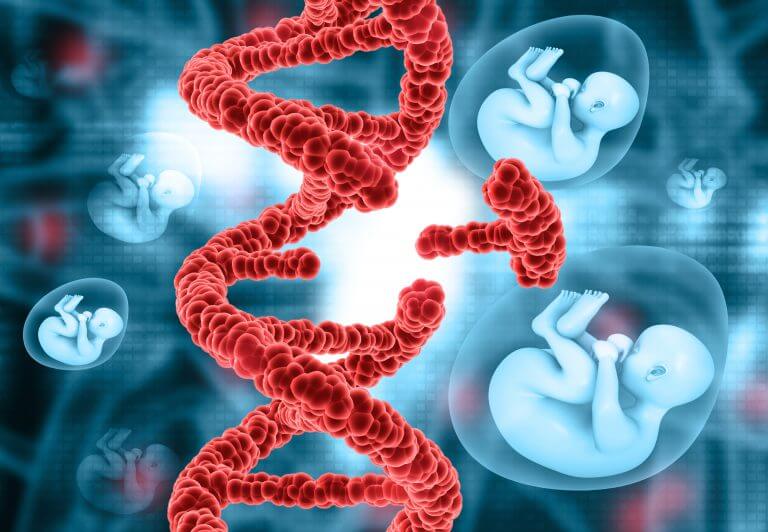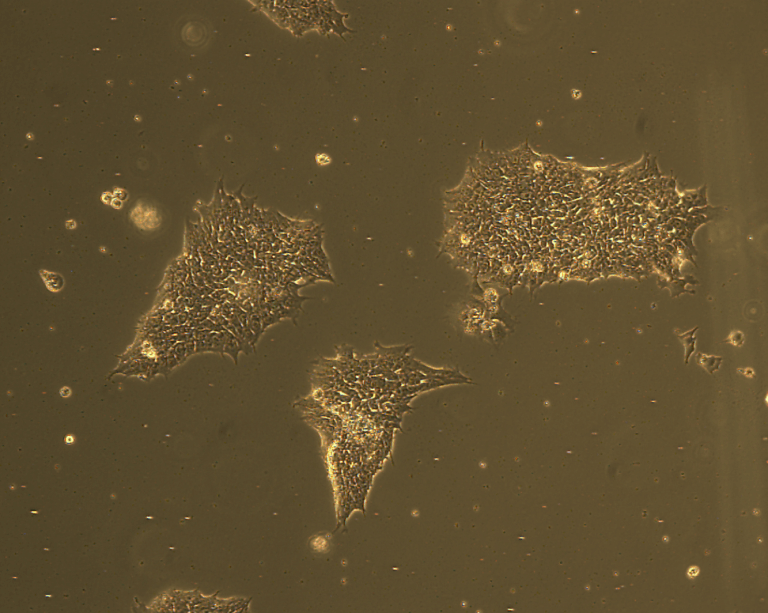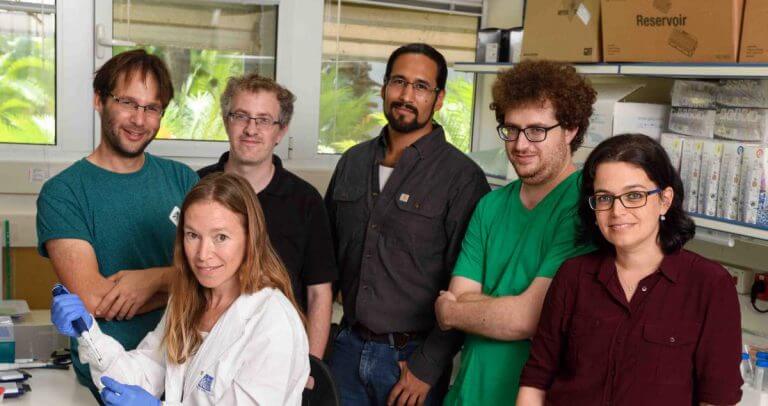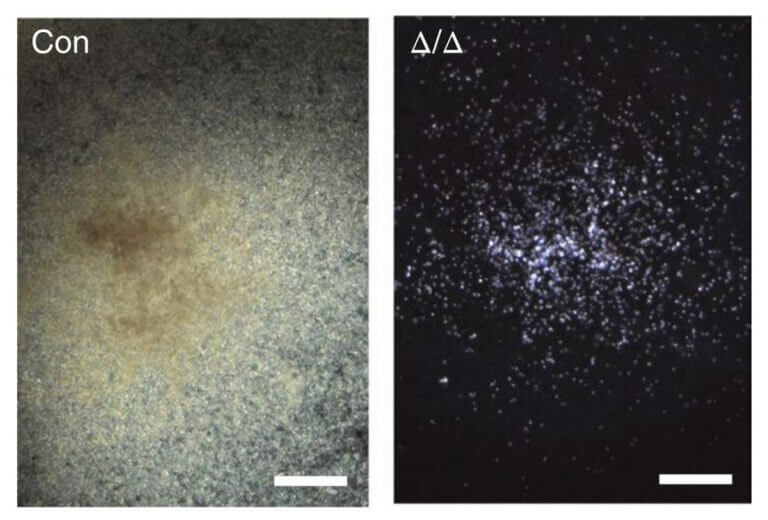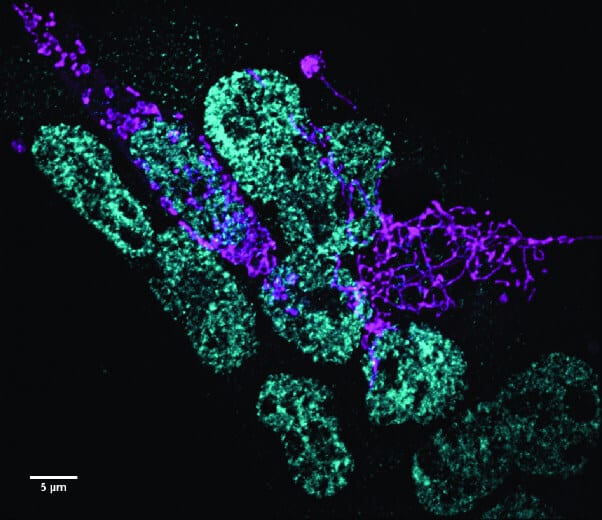Hayadan > Biology and Medicine > Genetics > Stem cells
Stem cells
- The Voice of Science website - the Israel National Science Foundation
- March 14, 2024
Researchers discovered which genes are required for each stage of cell differentiation into neural stem cells and neurons, i.e. for brain development, and which of them are involved in diseases of the nervous system
- The Hebrew University
- March 3, 2024
- No comments
A study by researchers at the Hebrew University found that in mature cells derived from stem cells, which are used in the field of regenerative medicine that focuses on renewing living tissues and creating organs for transplantation, cancerous mutations may appear
- Ben-Gurion University
- February 5, 2024
- No comments
One of the diseases resulting from such mutations in the PHOX2B gene is the disease CCHS. This is a rare and life-threatening syndrome in which babies, children and adults stop breathing as soon as they fall asleep. The patients must be connected to ventilators in order not to die in their sleep
- The Voice of Science website - the Israel National Science Foundation
- February 4, 2024
Researchers have built cellular models of genetic diseases such as fragile X syndrome and found the mechanism that causes them
- Science site The Conversation
- December 18, 2023
- No comments
In theory, a male skin cell can be turned into an egg and a female skin cell into a sperm cell. There is also the possibility of a child genetically connected to several parents, or only to one parent
- The Hebrew University
- July 23, 2023
- No comments
A research team led by Prof. Yossi Buganim from the School of Medicine of the Hebrew University succeeded in reprogramming human skin cells into functional placental cells so that there is no need to extract stem cells from embryos
- Avi Blizovsky
- March 20, 2023
- 2 תגובות
The researchers behind the new study were able to create baby mice with genetic material from two males without any genetic changes. They achieved this by using stem cells to create primordial germ cells (PGCs), which differentiate into sperm and egg.
- Avi Blizovsky
- November 12, 2022
- No comments
This achievement will improve the company's ability to produce high quality pork products * The pig stem cell line will allow the company to produce an unlimited amount of fat and muscle cells
- The Voice of Science website - the Israel National Science Foundation
- October 5, 2022
A study of testicular tissues of fruit flies showed that the progenitor cells are engulfed by the cells that are supposed to support them, and that in adults this process is slower
- Science site The Conversation
- September 14, 2022
- 6 תגובות
Many pregnancies are terminated at the stage when the fetus is implanted in the uterus and begins to develop. The discovery will make it possible to investigate this phase in detail
- Bar-Ilan University
- August 12, 2022
- No comments
Stem cells derived from the placenta are able to reach damaged tissues in the brains of drug addicts and initiate a rehabilitation process in them. The innovative treatment may solve one of the most difficult challenges in the field of detoxification: the difficulty of addicts to detach from the memory that brings them back again and again to the drug
- The Hebrew University
- August 6, 2022
By creating artificial embryonic and placental stem cells and comparing them, the researchers from the Hebrew University identified about 14,000 sites in the genome that control the development of all the organs of the fetus
- Avi Blizovsky
- August 2, 2022
- One response
The embryo model developed from stem cells that were grown outside the womb to a relatively advanced stage, showing normal development of organs and tissues
- Weizmann Institute
- July 15, 2022
How can cells be returned to their initial and most powerful state?
- Avi Blizovsky
- January 10, 2022
- One response
The joint company will leverage the cell growth technology developed with investments of approximately 500 million dollars in Pluristem * This is a technological platform that supports the development and production of a variety of cell-based products from different sources, such as: beef, chicken, fish and milk. In the first phase, the venture between Tnuva and Pluristem will develop cultured meat products
- Weizmann Institute
- July 25, 2021
A discovery by the institute's scientists may make it possible to increase the amount of stem cells in bone marrow transplants - and improve their chances of success
- Weizmann Institute
- March 18, 2021
For seven years, through trial and error, fine-tuning and repeated tests, in the laboratory of Prof. Hana, who specializes in embryonic stem cells, they developed a two-stage method that makes it possible to grow normal mouse embryos outside the womb from the initial stages of pregnancy in order to study the different stages of development of the embryo, Something that was not possible in mammals until now
- The Technion
- December 9, 2020
- One response
The research published in PNAS - the journal of the National Academy of Sciences in the United States - was led by Prof. Reut Shelgi, research colleagues Niv Sabat and Falonia Levy-Adam and doctoral student Amal Younis from the Rapaport Faculty of Medicine
- Avi Blizovsky
- November 30, 2020
- 2 תגובות
The print was bovine fat cells and binder, which were grown and developed from stem cells in the company's laboratories
- The science service
- March 31, 2020
- 4 תגובות
- Science site The Conversation
- February 1, 2020
- 8 תגובות
- The Hebrew University
- October 7, 2019
- One response
- Weizmann Institute
- August 28, 2019
- No comments
- Weizmann Institute
- June 5, 2019
- No comments
- Weizmann Institute
- April 27, 2019
- No comments

